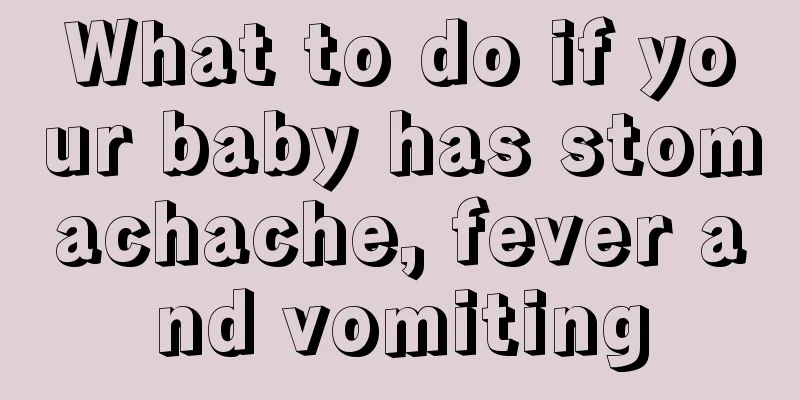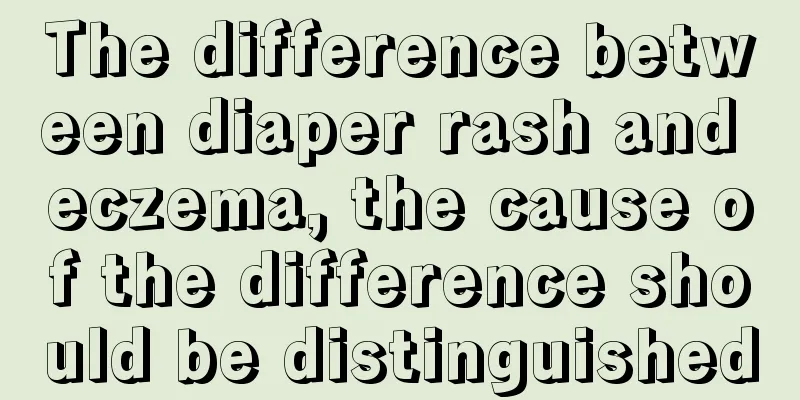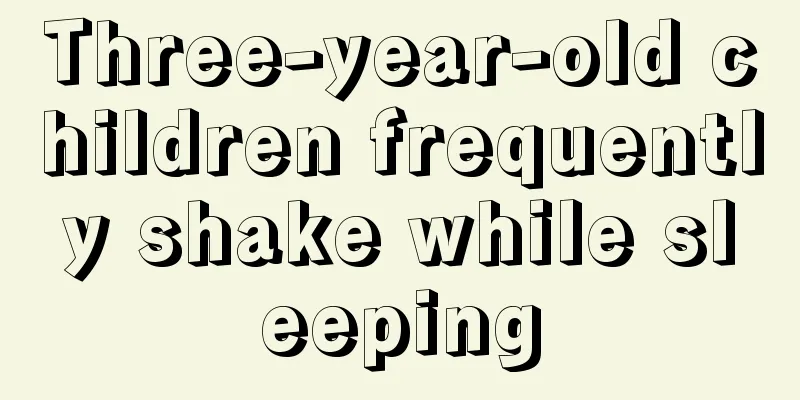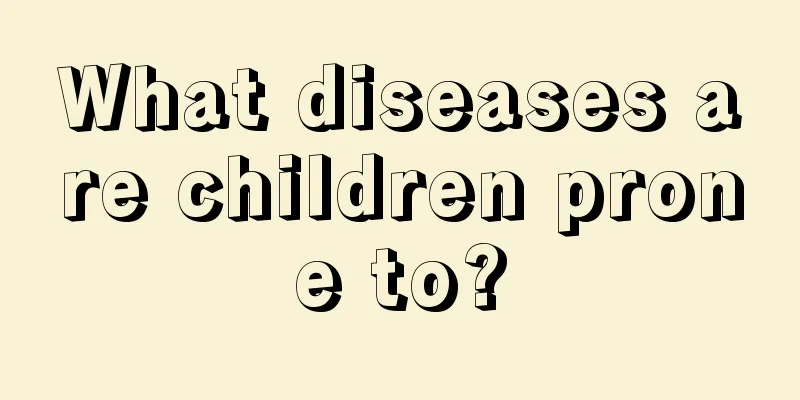What medicine should a three-year-old baby take for fever
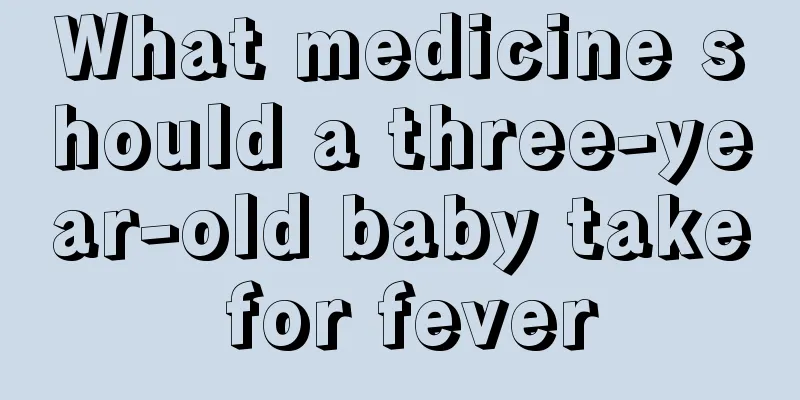
|
Whether adults or children, if the fever is too high, it will have a direct impact on people's body and brain. There are differences in the medicines used to treat fever in adults and children. Many pharmaceutical manufacturers have developed antipyretic drugs for babies based on children's physical conditions. What medicine can quickly reduce the temperature of a three-year-old baby with a fever? Ibuprofen and acetaminophen are very good medicines for treating children. 1. What medicine should infants and children take when they have a fever? 1. Acetaminophen (also known as paracetamol) Usage: 10-15 mg/kg body weight/time, once every 4 hours, not more than 5 times in 24 hours. Advantages: It is absorbed quickly and completely, and can produce an antipyretic effect within 30 minutes of oral administration. The side effects are relatively small, there is basically no irritation to the gastrointestinal tract, no effect on platelet function and coagulation function, and no nephrotoxicity, so it is relatively safe. Doctors usually use this medicine for children under 2 years old. It can also be taken with milk or juice. Disadvantages: Although it can reduce fever quickly, the time it takes to control body temperature is shorter than other drugs, and the time it takes to control fever is about 2-4 hours. 2. Ibuprofen Usage: It can be used to reduce fever in infants and young children, and relieve mild headaches, sore throats and toothaches caused by colds and flu. 5-10 mg/kg per dose based on body weight. Repeat every 6-8 hours if needed, not to exceed 4 times in 24 hours. Advantages: It and acetaminophen are two antipyretic drugs recommended by the World Health Organization and are also relatively safe antipyretic drugs. Its advantage is that it can reduce fever smoothly and for a long time, and the average fever-reducing time is about 6 hours, and up to 8 hours. Moreover, it is more effective than acetaminophen in reducing fever above 39°C. Disadvantages: Mild gastrointestinal discomfort, occasional rash and tinnitus, headache, effects on coagulation function and elevated transferase, etc. There are also reports of gastrointestinal bleeding and aggravation of ulcers. There are also reports that it occasionally causes reversible renal damage in states of dehydration, hypovolemia, and low cardiac output, and overdose may cause side effects such as central nervous system depression and epileptic seizures. Therefore, it is generally used for children with high fever over 3 years old. |
<<: Three-year-old child crying in the middle of the night
>>: What to do if a one-year-old child has a fever
Recommend
One month old baby enteritis symptoms
A one-month-old baby has a very weak stomach and ...
Precautions for children's back massage
Studies have found that correct pediatric back ma...
What fruits should a one-year-old baby eat?
Fruits are rich in nutrients and vitamins. Eating...
Newborn baby's hair turns yellow after birth
In our lives, there are many newborns whose hair ...
What should I do if my baby has a poor appetite?
As children grow up, various problems are inevita...
How to treat gastroenteritis in children
Children's gastrointestinal disease is actual...
Is it necessary to test hearing of newborns?
We all know that hearing is a way for each of us ...
Can babies generally eat purple sweet potato porridge?
Most of our families now have one baby. The baby&...
Symptoms of mycoplasma infection in children
Diseases are very common and there are many types...
What should I do if my child has diarrhea and watery stools?
When faced with the baby's diarrhea, the whol...
What's going on with the small red pimples on the three-year-old baby's face?
Being a parent is a blessing. When you become a p...
What are the symptoms of anemia in babies?
Anemia in babies is a common disease during their...
What to do if your child has indigestion
Indigestion is a very common intestinal disease. ...
Baby's feet sweating precautions
Sweating feet is a condition that many people hav...
Why does the baby cry when exposed to the wind?
The baby is the center and focus of every family....
